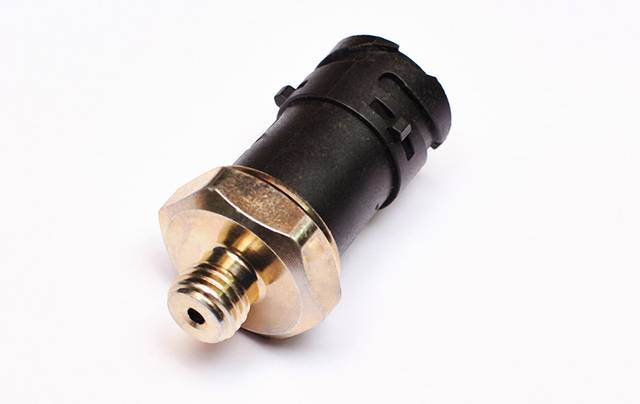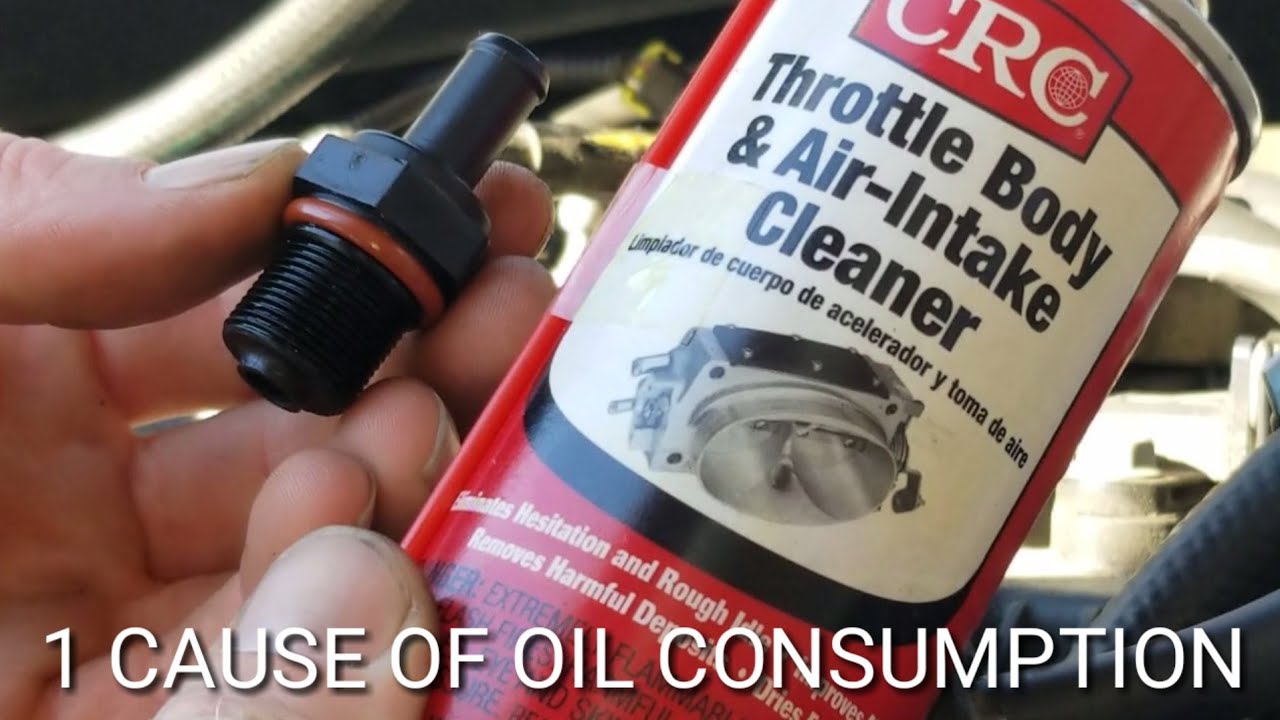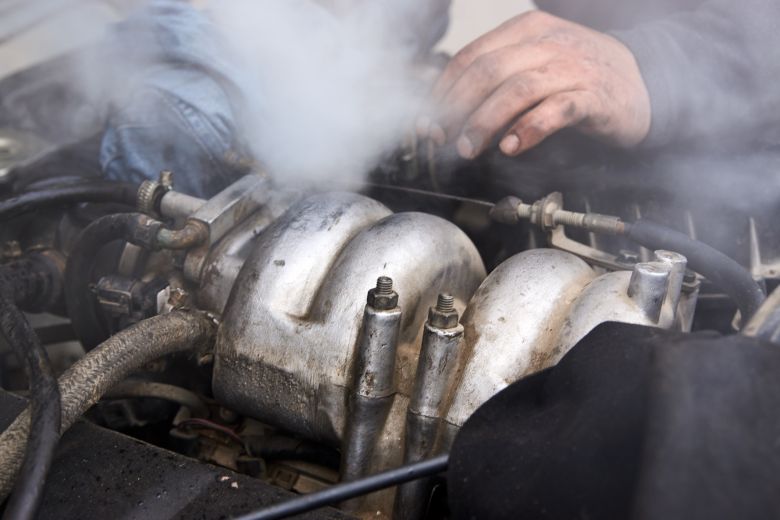Cost to Replace Oil Pressure Sensor
Replacing an oil pressure sensor typically costs between $120 and $300. The price varies depending on the vehicle model and labor costs.
The oil pressure sensor plays a crucial role in monitoring your vehicle’s engine health, acting as a safeguard against potential engine damage due to low oil pressure. It is essential for maintaining the longevity and performance of your engine. Keeping an eye on the oil pressure sensor ensures that you are alerted to changes in oil pressure that could indicate larger engine issues.
Ensuring timely replacement when necessary helps avoid more costly repairs down the line. Remember to consult with a trusted mechanic or your vehicle’s manual to understand specific needs for your model, as costs and procedures can vary.
Identifying A Faulty Oil Pressure Sensor
A car’s oil pressure sensor is a vital component. It tracks the engine’s oil pressure.
If it fails, it can lead to serious engine damage. Here is how to tell if an oil pressure sensor might need replacing.
Common Symptoms
Notice the warning signs of a faulty oil pressure sensor:
- Oil pressure light activates on the dashboard.
- Engine noises, such as ticking or clunking.
- Oil pressure gauge reads too high or too low.
- Engine performance drops, loss of power.
Diagnostic Tests
To confirm oil sensor issues, mechanics do certain tests.
- They check the dashboard warning light.
- Manual pressure gauge measures real oil pressure.
- Technical tools scan for error codes.
- Oil pressure sensor and circuit visual inspection.
Oil Pressure Sensor Functionality
The oil pressure sensor is a critical part of any vehicle. This sensor monitors the oil pressure. It sends the data to the vehicle’s computer system. A working sensor helps maintain engine health and ensures performance.
Role In Vehicle Health
The sensor’s role is to keep a watchful eye on oil pressure. It ensures the engine’s moving parts stay lubricated. With proper oil flow, engine components do not wear down fast. This helps avoid major repairs down the line.
- Monitors oil pressure in real-time
- Notifies if oil is too low or high
- Helps extend engine life
- Prevents overheating by ensuring proper lubrication
Impact Of Malfunction
When an oil pressure sensor fails, it can lead to serious issues. The driver may not be warned of low oil pressure. This can result in engine damage. Fixing the sensor right away is crucial. It avoids costly engine repairs.
- Lack of proper warning can lead to engine failure
- Directly affects vehicle safety
- Increases risk of sudden breakdowns
- Leads to unnecessary and expensive repairs
Replacement Costs Breakdown
Understanding the breakdown of replacement costs for an oil pressure sensor is crucial. It ensures no surprises when the bill arrives. Here’s an outline covering parts pricing and labor charges.
Parts Pricing
The cost for the oil pressure sensor itself can vary. Factors that affect pricing include:
- Vehicle Make and Model: Specific cars need unique sensors.
- Quality of the Part: OEM parts often cost more than aftermarket ones.
- Availability: Hard-to-find parts might be more expensive.
Expect to pay between $20 to $100 for an oil pressure sensor.
Labor Charges
Labor costs can be just as important as the part’s price. Factors include:
- Mechanic’s Rate: Varies by location and shop.
- Vehicle Accessibility: Some cars are harder to work on.
The installation might take one to two hours. At an average shop rate of $75 to $150 per hour, labor might be $75 to $300.
Diy Replacement Guide
Deciding to replace your oil pressure sensor yourself can save time and money. This DIY Replacement Guide provides the essential steps to take on this task. Make sure you are prepared for a bit of hands-on car maintenance.
Necessary Tools
- New oil pressure sensor: This is the central piece you’ll replace.
- Socket wrench set: Needed for removing the old sensor.
- Oil drip pan: To catch any oil that may spill during the process.
- Car manual: For specific details related to your vehicle’s sensor location.
- Clean rag: For cleaning any spills and wiping down the sensor area.
- Thread sealant: Essential for ensuring a leak-free seal on the new sensor.
Step-by-step Instructions
- Locate the Sensor: Consult your car manual to find the sensor’s exact location.
- Prepare the Area: Set the oil drip pan beneath the sensor to catch drips.
- Remove the Old Sensor: Use the socket wrench to carefully unscrew the faulty sensor.
- Clean the Area: Wipe the area where the sensor was mounted with the rag.
- Apply Thread Sealant: Put a small amount of sealant on the new sensor’s threads.
- Install the New Sensor: Screw the new sensor in place by hand, then tighten with the wrench.
- Check for Leaks: Start your car and monitor the new sensor for any oil leaks.
- Final Steps: Once confirmed there are no leaks, tidy up your workspace.
Tackling the replacement of an oil pressure sensor can be a rewarding DIY task.
Follow these instructions carefully and consult your car manual for any vehicle-specific instructions.
Professional Service Vs. Diy
When the oil pressure sensor in your car stops working, you face a choice. You must decide between a professional service or tackling the job yourself. Understanding both paths can help you make the best decision for your situation.
Comparing Costs
Different factors influence the cost of replacing an oil pressure sensor. Let’s break them down:
| Action | DIY Cost | Professional Service Cost |
|---|---|---|
| Sensor Price | $20 – $50 | $20 – $50 |
| Tools/Supplies | $10 – $30 | Included |
| Labor | $0 (Your time) | $60 – $120 |
| Total Estimated Cost | $30 – $80 | $80 – $170 |
Warranty And Reliability
- Professional Service:
- Offers a warranty on parts and labor
- Repairs are done by skilled technicians
- DIY:
- Lacks the security of a professional warranty
- Successful results rely on your skill level
Professionals stand behind their work with guarantees. This means if something goes wrong, it’s covered. When you do it yourself, you assume all risks for both the part and the installation.

Credit: www.autoguru.com.au
Preventive Measures And Maintenance
Keeping your car in top shape is smart. It saves money. One part to look at is the oil pressure sensor. This part tells you if your oil pressure is low. Fixing it on time means no big repair bills later.
Regular Check-ups
Check your car often. This keeps it running well. Mechanics check many parts, not just the oil pressure sensor. This spot-check helps avoid surprise breakdowns.
- Look at the sensor: See if it’s damaged or has leaks.
- Read car menus: Find out when to test your sensor.
- Ask the expert: Get a mechanic to check the sensor.
Long-term Cost Savings
Spending a little now can save a lot later. A good sensor means your engine stays safe. If it breaks, your engine might get hurt. Then you pay more.
| With Regular Checks | Without Checks |
|---|---|
| Small fixes now | Big fixes later |
| Less engine danger | More engine danger |
| Money stays in pocket | Money flies away |

Credit: uchanics.ca
Frequently Asked Questions On Cost To Replace Oil Pressure Sensor
How Much Does An Oil Pressure Sensor Replacement Cost?
Replacing an oil pressure sensor typically costs between $20 to $150 for the part itself. Labor can add an additional $50 to $100. Thus, the total replacement cost varies between $70 to $250, depending on car make and mechanic fees.
Can I Drive With A Faulty Oil Pressure Sensor?
Driving with a malfunctioning oil pressure sensor is risky. It may prevent detection of critical low oil pressure. This can lead to engine damage that is expensive to repair. It is recommended to fix the issue promptly.
What Signs Indicate A Bad Oil Pressure Sensor?
A faulty oil pressure sensor may cause inaccurate readings, warning lights on the dashboard, and in some cases, engine noises. You might also notice oil leaks or an overheating engine, indicating the sensor needs inspection.
How Long Does It Take To Replace A Sensor?
Replacing an oil pressure sensor typically takes a trained mechanic about 20 to 60 minutes. It can be a quick job depending on the sensor’s accessibility and the vehicle’s make and model.
Conclusion
Understanding the costs involved in replacing an oil pressure sensor helps you budget effectively. With factors like vehicle make, model, and mechanic rates influencing price, it’s essential to get multiple quotes. Regular vehicle maintenance can prevent costly repairs, ensuring your engine runs smoothly and efficiently.
Drive with confidence, knowing you’re informed about potential expenses.



